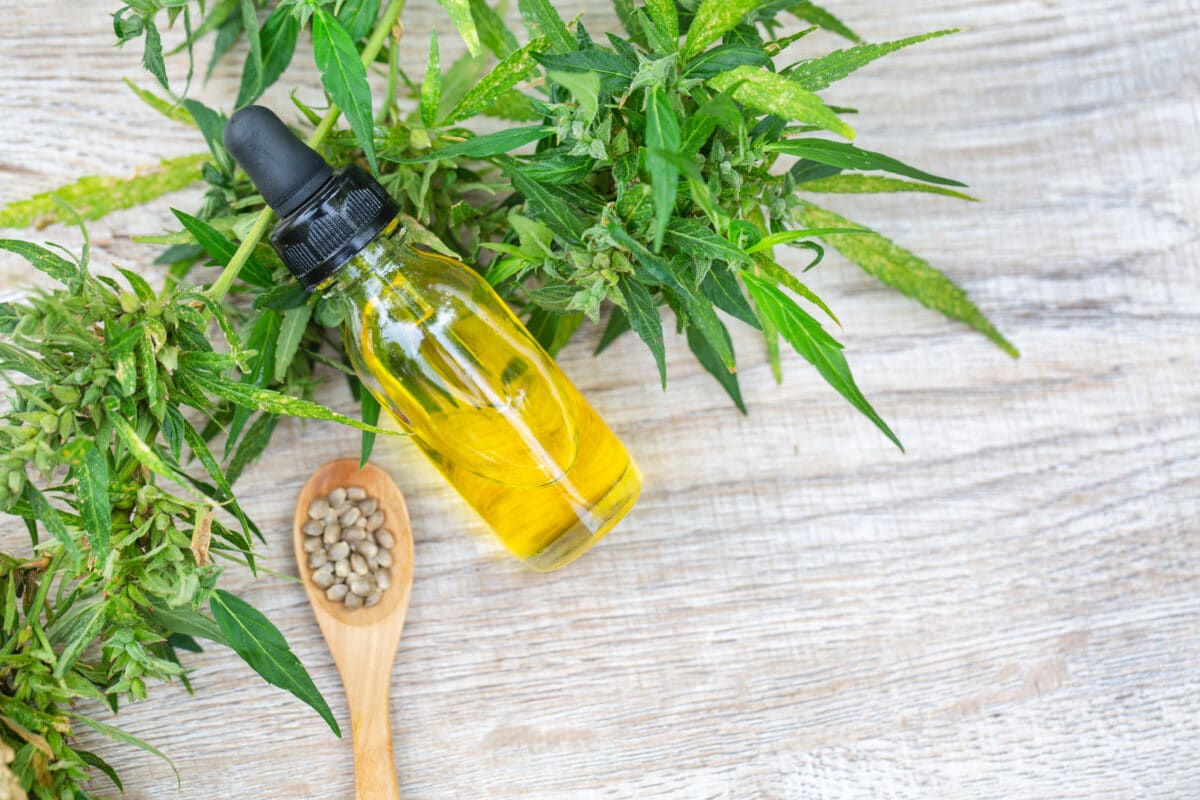With cannabis and cannabis products such as edibles, extracts and topicals now legal in Canada, cannabis extraction is becoming an increasingly popular activity. Under the Cannabis Regulations, a processing licence (standard or micro) is required to conduct cannabis extraction and to process extracts into other products. Businesses are now turning to processing as there is a growing market for cannabidiol (CBD) extracts, to be used medicinally for health benefits and pain management, as well as tetrahydrocannabinol (THC) extracts to be used recreationally in the form of vapes and edibles.
No matter what the end product is, the extraction stage plays a very important role in the form and use of the product. For example, a CBD extract for medicinal use will usually be manufactured in a way that naturally enriches the total CBD content and takes the form of an oil-based product, free from contaminants, that can be easily ingested. A THC extract on the other hand, may be desired when making vape oil for the recreational market, where the vaporization and inhalation requires increased purity, with no trace residual solvents.
Let’s take a look at some of the most common methods of cannabis extraction.
Supercritical CO2 Extraction
Supercritical CO2 (carbon dioxide) extraction is quickly becoming a popular method used in the cannabis industry, and is commonly used in the manufacturing of other products such as tea and coffee. This method of extraction creates phase changes in CO2, utilizing temperature and pressure. Specifically, gaseous CO2 is converted into a supercritical fluid. When the fluid CO2 passes over cannabis material, it can easily extract plant waxes and oils from the cannabis. By altering the operational parameters (e.g. temperature and pressure), you can target specific compounds, terpenes (terpenoids) and THC/CBD (cannabinoids). This method allows you to create a pure, clean, high-quality oil that is safe to produce, with minimal or no post-processing. The most common criticism of CO2 extraction is the high upfront costs that come with the necessary extraction equipment. This can often deter small businesses or start-ups that are lacking funds.
Alcohol Extraction
Another common method used in cannabis extraction is alcohol extraction, which relies on the use of a solvent, such as ethanol. Alcohol extraction (a.k.a. ethanol extraction) is one of the most efficient extraction methods for processing large batches of cannabis flower. It can be conducted in hot, cold, or room temperature conditions. With this method, the cannabis is soaked in alcohol(usually ethanol) for a certain amount of time, and then the plant material is removed. The remaining liquid is then filtered, and the alcohol is removed with some form of evaporation, resulting in an extract containing terpenes and cannabinoids (THC/CBD). One of the biggest challenges of alcohol extraction is the polarity of solvents like ethanol. Ethanol is considered a polar molecule, and therefore tends to mix with water and other dissolved molecules that are polar, such as chlorophyll. Chlorophyll produces an undesirable and bitter flavor, so it’s important to remove this from the final extract product. Ethanol extraction is a great method to use, because ethanol is effective, efficient, and safe to handle. However, this process can take some time and must be done carefully to avoid danger, as ethanol is highly inflammable.
Hydrocarbon Extraction
Hydrocarbon extraction is a method of extraction that involves the use of a hydrocarbon compound, such as butane or propane. This method results in the extraction of a greater variety of terpenes from cannabis material than the alcohol extraction method mentioned above. For products such as vape oils or oral tinctures, where the cannabis extract is unlikely to be masked by other flavors, preserving these terpenes helps to give the extract flavour and aroma. With this method, cold butane solvent is washed over the cannabis plant material and oils are extracted. Then, the butane solvent is cold-boiled off to leave the isolated oil. The resulting oil holds temperature-sensitive terpenes, which were retained because of the cold-boil process. The low boiling points of solvents such as butane and propane are advantageous when you want to remove the solvent without removing any other organic compounds. However, such solvents are volatile and flammable, which presents a safety hazard to workers. Hydrocarbon extraction is a relatively quick and efficient method of extraction. However, the process is a very hands-on approach, and is best conducted on a smaller scale.
As you can see above, each method of extraction has its pros and cons. Both a personal and business decision should be made when it comes to choosing which type of extraction you would like to conduct. Ultimately, no matter what method you choose, it’s important to be informed and educated and have a solid procedure in place so that your cannabis business can succeed!
How We Can Help You
At Cannabis License Experts, we provide you with the guidance to plan your cannabis processing business, acquire funding, navigate the legal requirements, and acquire the appropriate licence for your operations. As the Canadian cannabis industry develops, more and more licensed producers will be needed to meet the demands of consumers.
Cannabis License Experts offers support from day one of starting your cannabis business, including strategic planning, floor plan preparation, site audits, SOPs, and more.
Our Edibles Compliance division can provide you with a solid plan for your edibles business to help get your products on store shelves.
Contact us today to discover how we can license and legalize your cannabis business to meet federal or provincial regulations.
Resources
https://www.analyticalcannabis.com/articles/advances-in-cannabis-extraction-techniques-311772


